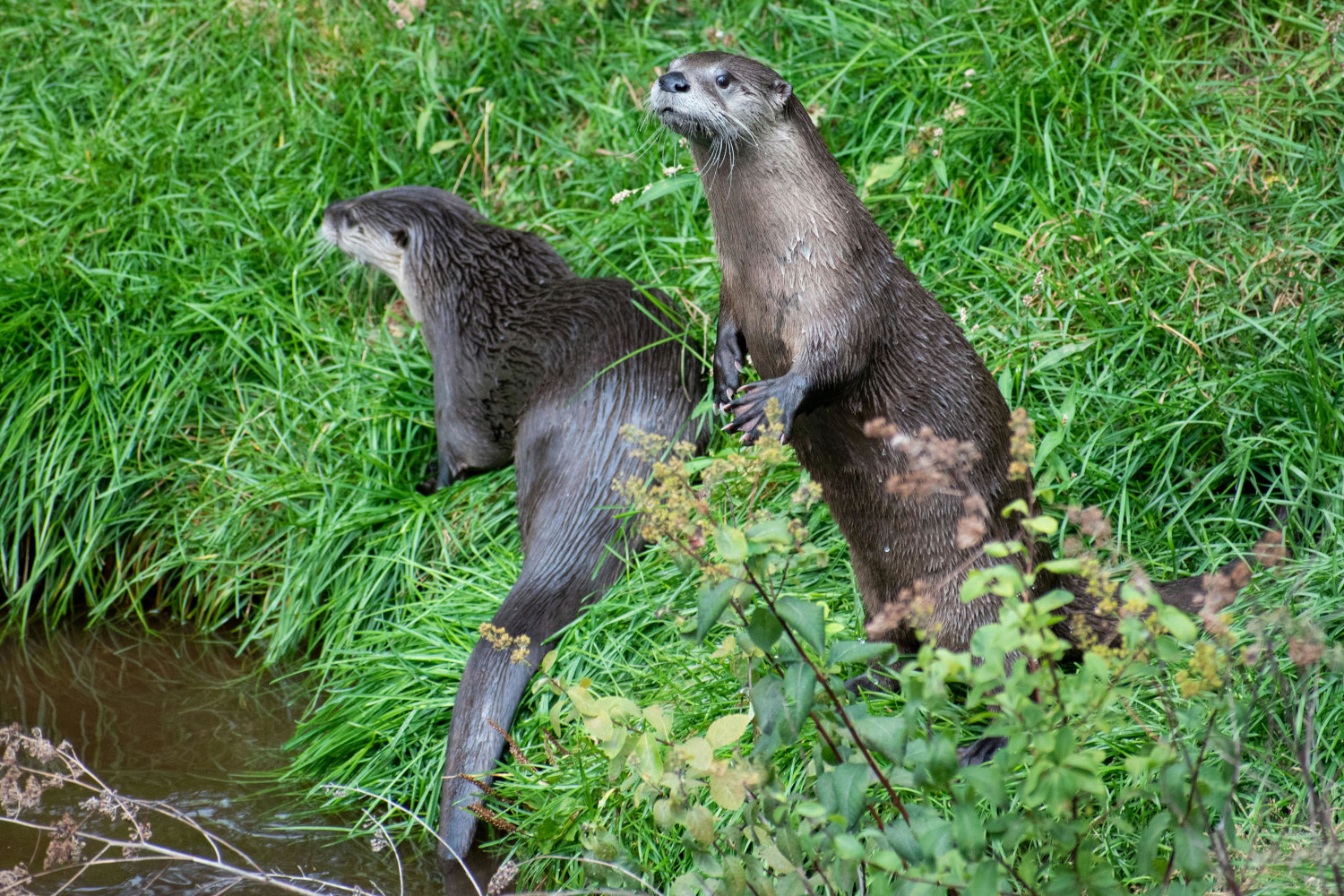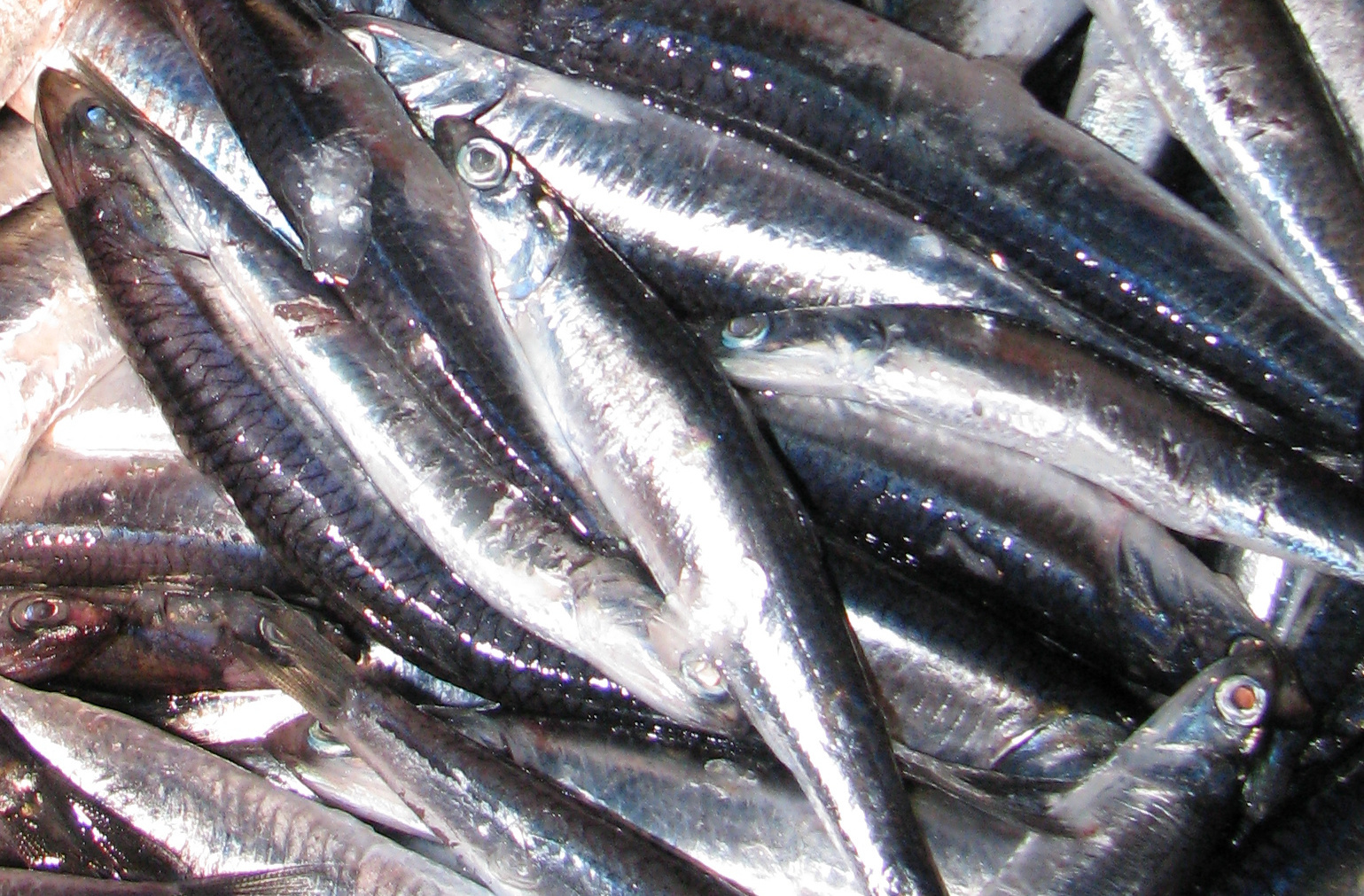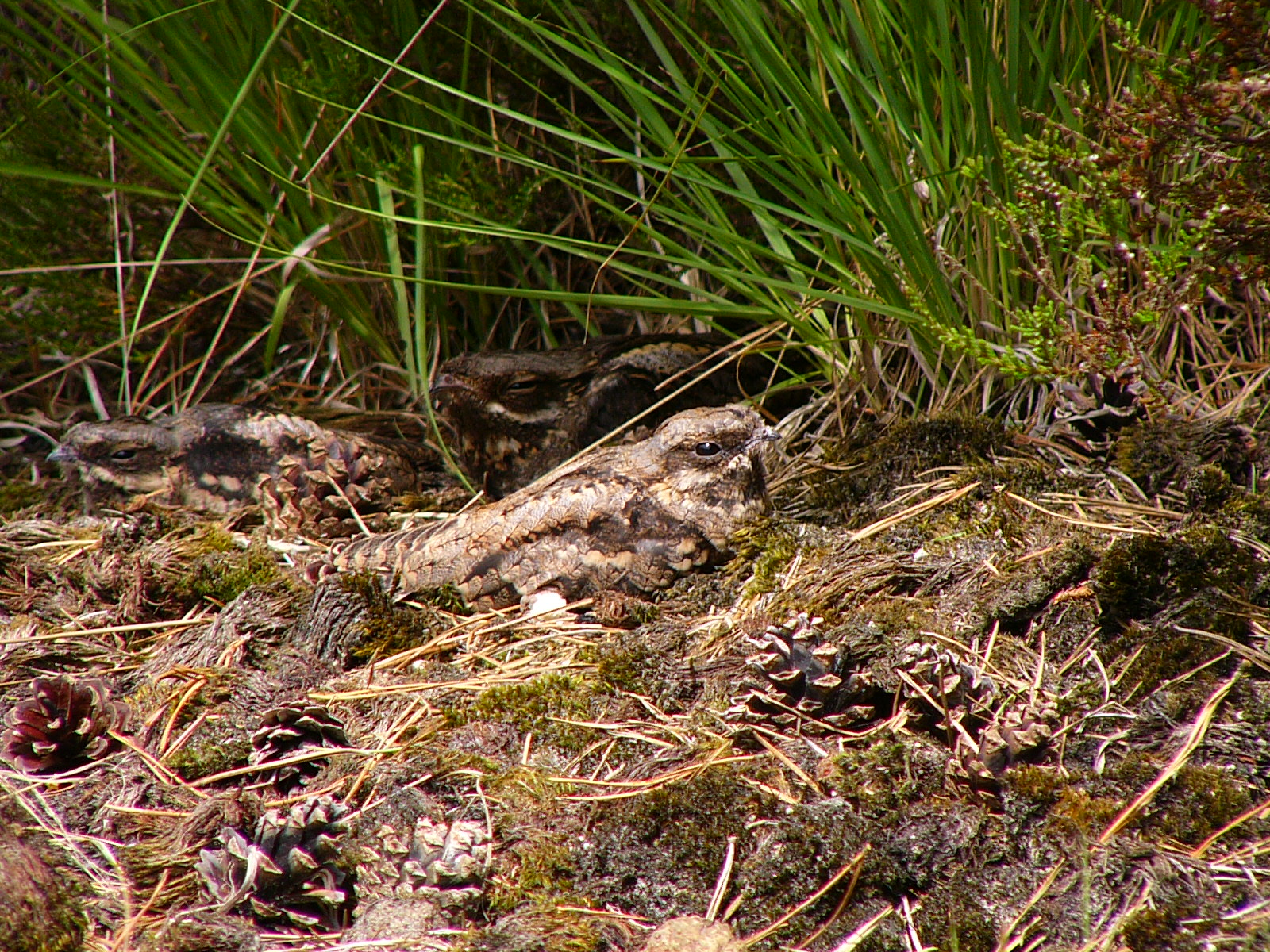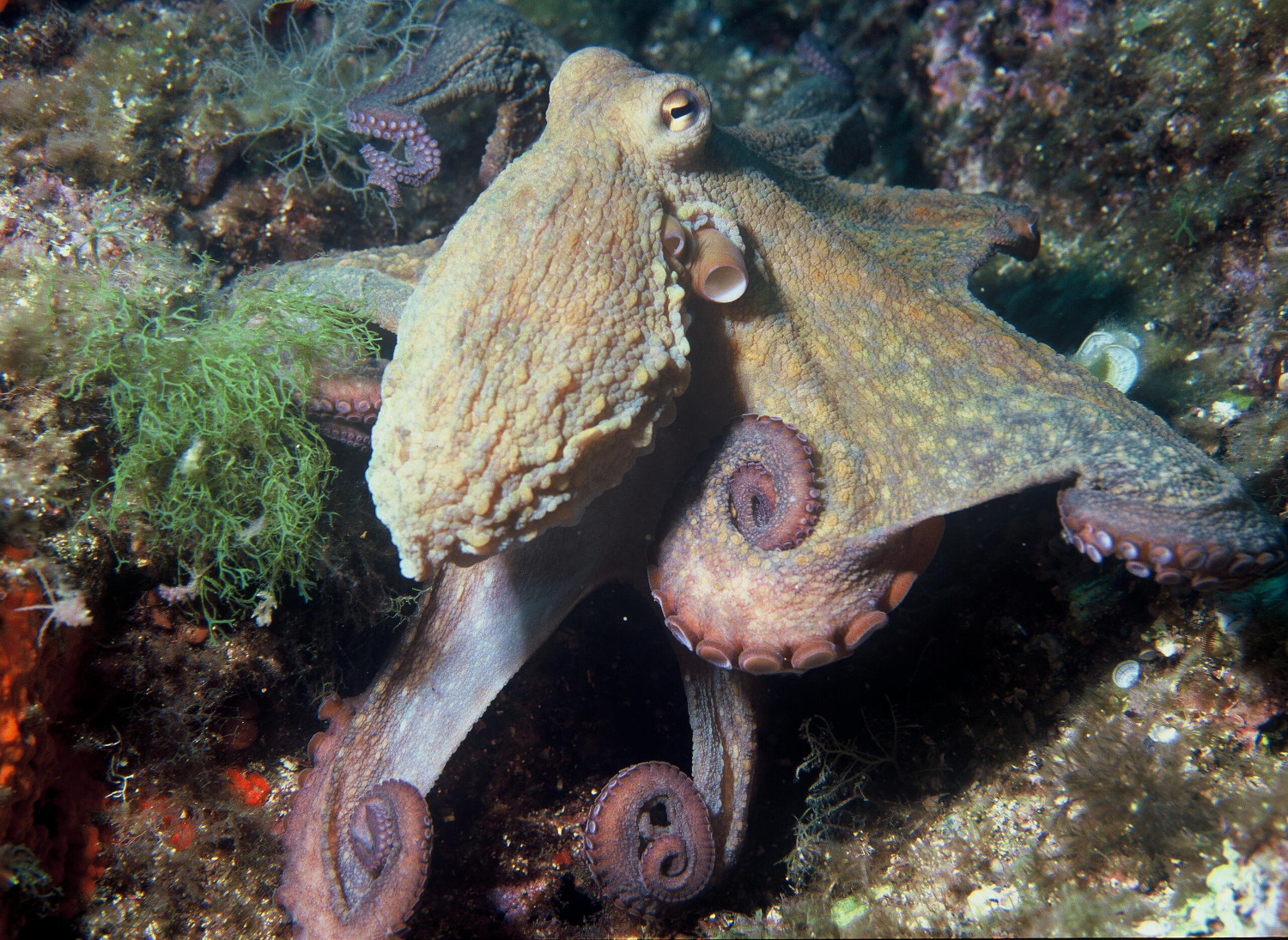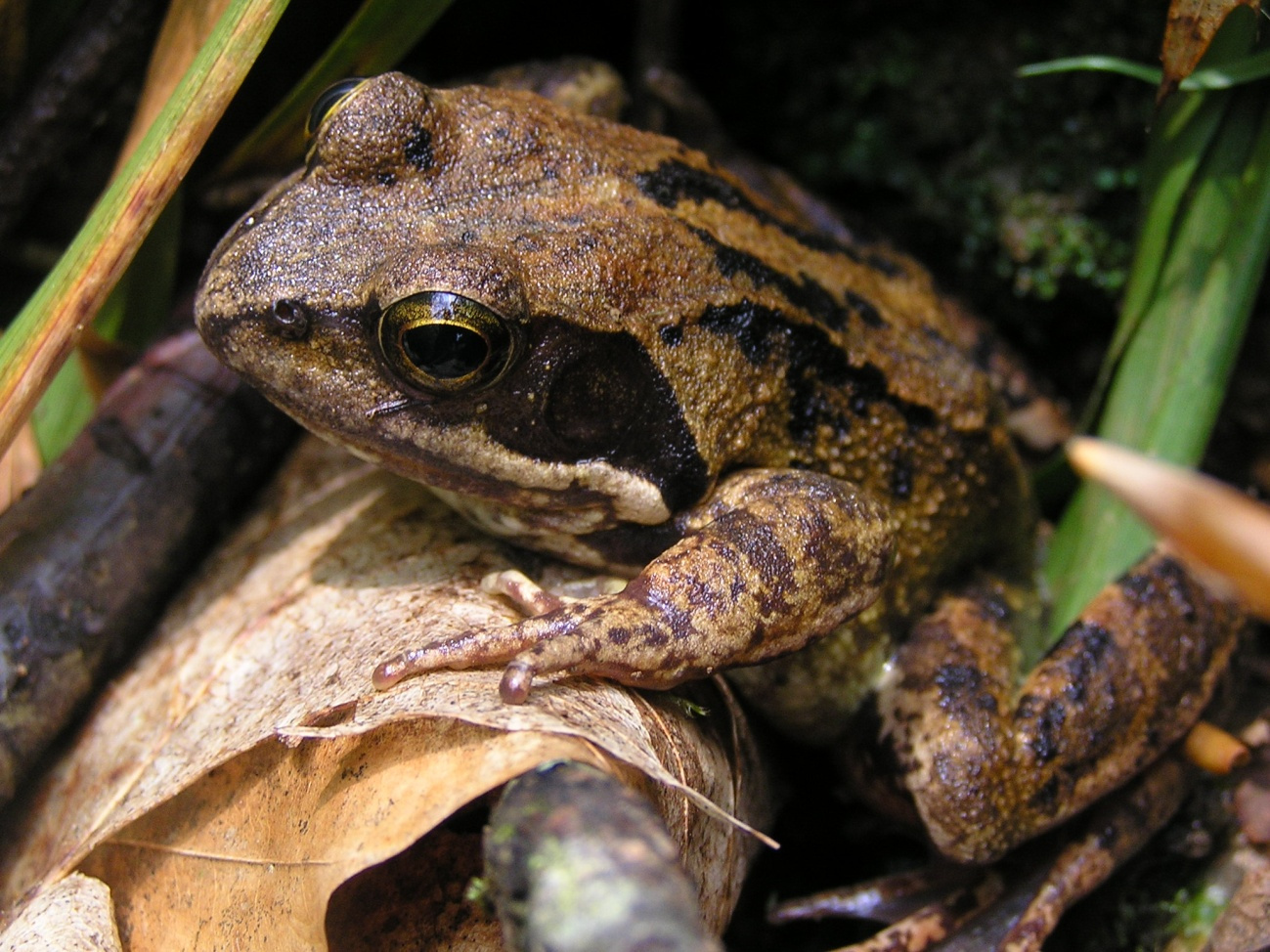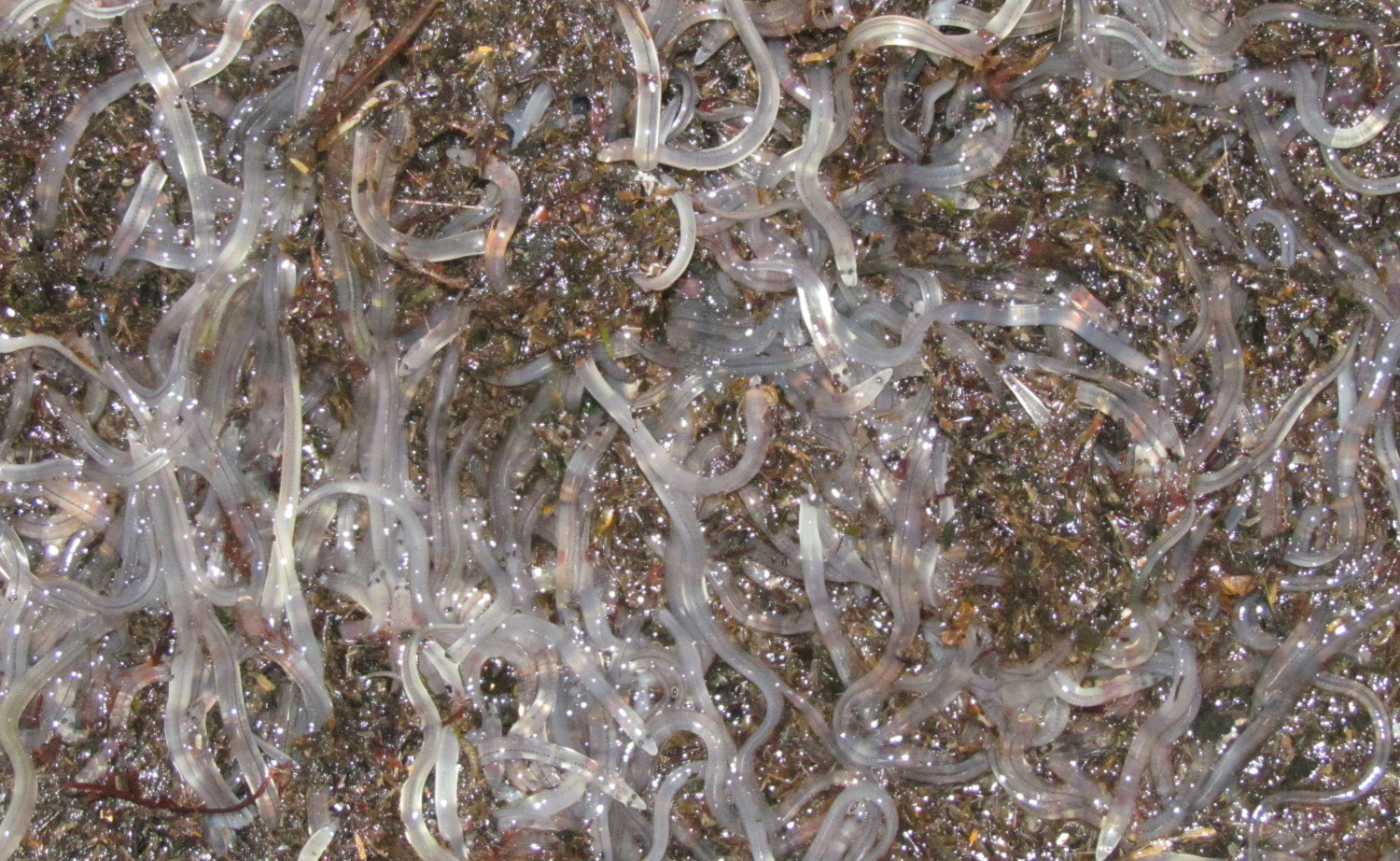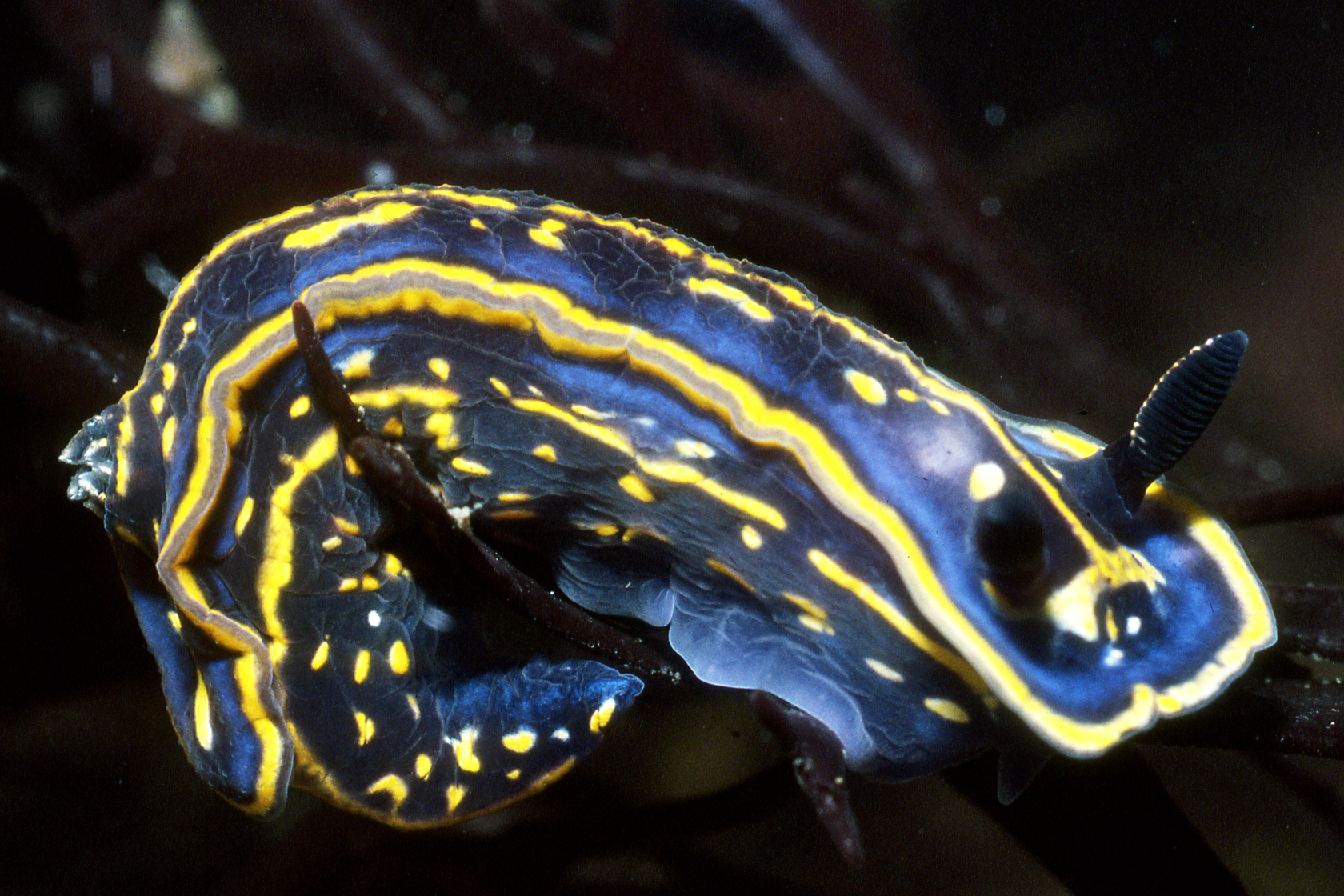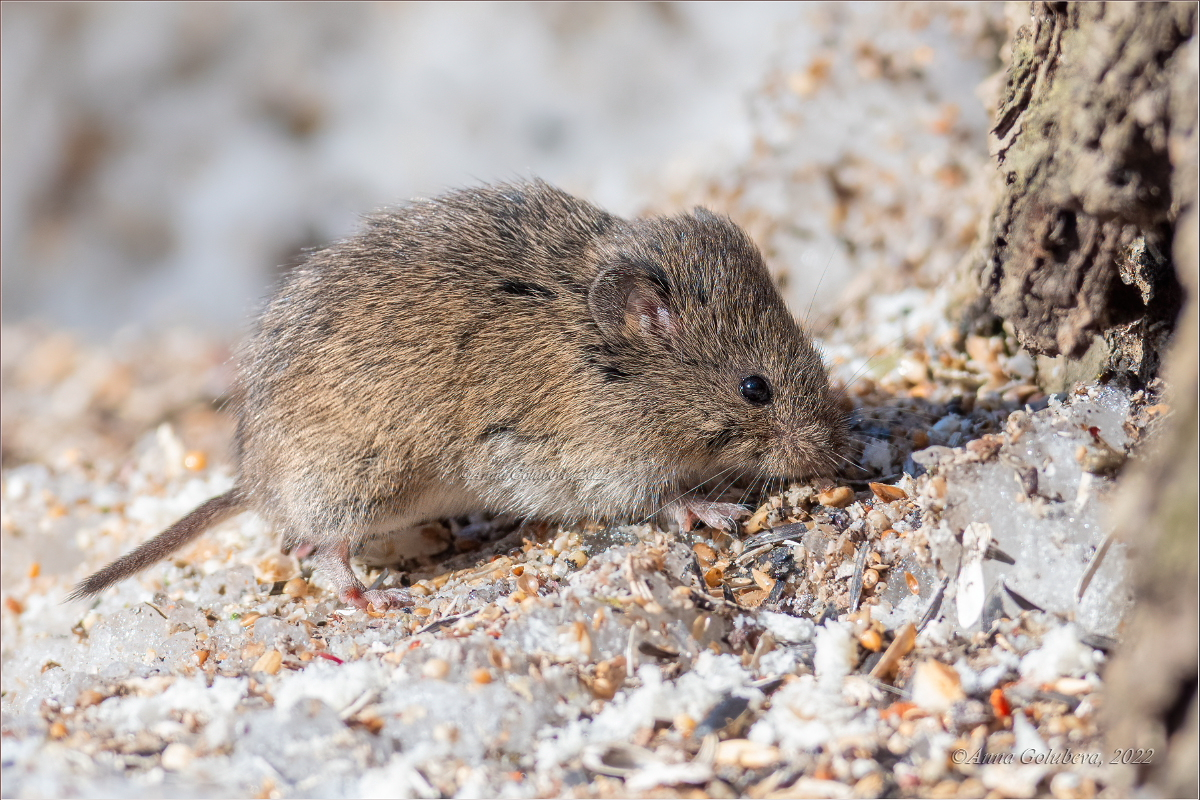A powerful hunter with a weak appearance
- The largest insects currently inhabiting the planet Earth may be about 30 cm in size, about one-sixth of a human being. These include giant butterflies and moths or fat beetles. In the face of such amazing creatures, how can one look at a creature of just four centimeters? The antenna is half its length. And if that creature is terrified, semi-transparent and capable of camouflage even more! There is the reason for the lack of prestige of our protagonist. However, it does not lack the spark of interest.
The popcorn is a neuropteran, that is, from the Order of Neuroptera. In this order, about 5,000 species are currently known, divided into sixteen Families. These insects occupy the entire metamorphosis, that is, they occupy a life cycle of four phases: egg, larva, pupa, and adult (or imago) insect. The eggs are placed by the females on the trees or on the leaves of the plants, suspended in a thin and invisible thread: in groups or individually, depending on the species. The larvae wear debris and rubbish to camouflage themselves. They change the skin twice before making the cocoon (cocoon).
Physically it seems like a weak animal, its coloration is very modest, green and the transparent and large wings denounce us the scarcity and softness of the body. The antennas are long and have striking golden eyes and red glitter on the head. When they rest, they lift their four wings like a roof over their backs, and they fly fast and short when they escape from one hiding place to another. Weak appearance, yes, but what do these shy insects feed on? Well, human beings are often ungrateful and we don’t know how to correctly identify our companion beings and even less to value them with justice, because popcorn feeds on plant lice, among other things. Cucuruchos (the famous “balls of bitches”) are also their food, as are the caterpillars of some moths. And its importance in the trophic network, in the food chain, is so important that they have been used to control pests of other insects for biological control. This is how they were brought to Australia in an attempt to control some of the local pests, but if the popcorn has some ecological demands that were not met there and they did not manage to adapt to the climate and conditions of Oceania. Currently, the sale of crayfish larvae is in its purest form, in small boats lots of larvae are marketed. These larvae are nocturnal and can hardly be seen during the day. Since the larvae are cannibal, it is not usually a pleasant task to obtain large numbers of larvae!
CRISOPA VERDE by Chrysopa
THE TEAM: Invertebrate / Insect / Order of Neuroptera / Chrysopidae Family.
THE SIZE OF: 30 mm including antennas.
WHERE DO YOU LIVE? In rural lands, meadows, gardens, forests, wetlands...
WHAT DO YOU EAT? Other small insects, especially lice.
LEVEL OF PROTECTION: It's not protected.
Itsasoan badira landareen itxura izan arren animalia harrapari diren izaki eder batzuk: anemonak. Kantauri itsasoan hainbat anemona espezie ditugun arren, bada bat, guztien artean bereziki erraz atzemateko aukera eskaintzen diguna: itsas-tomatea.
Ugaztunei eskainitako azken artikuluaren amaierako hitzak hurrengo animalia aurkezteko aitzakia paregabea dira. Bertan esaten genuen muturluzeak erreka “garbi eta txukunak” behar dituela, kutsadurarik gabeak baina elementu natural anitzekin. Animalia txiki horren... [+]
Antxoa, bokarta edo albokartia, gure arrain komertzialen artean txikiena, euskal kostaldera hurbildu da.
Katalanen ustetan artzainak engainatzen omen ditu hegazti honek: “enganyapastors”. Espainiar eta latindarrek, aldiz, ahuntzari esnea kentzen diola diote, hortik datorkio hain zuzen ere izen zientifikoan (Caprimulgus europaeus) islatzen den caprimulgus (capra... [+]
Leihatila honetan behin baino gehiagotan azaldu ditugu Ama Naturaren engainuak bere izakiak babestearren. Batzuetan, erle edo liztor itxura zuten euliak ekarri ditugu, beste batzuetan inongo arriskurik ez duten arrisku-kolorazioko intsektuak ere bai (kolorazio aposematikoa... [+]
Nekazal eremu lehor baten erdian ageri da putzua. Txikia da tamainaz, eta ez oso sakona. Egunak dira euririk egiten ez duela, baina oasi txiki honek oraindik ere aurretik bildutako urari eusten dio. Gauak eremua irentsi du eta isiltasunaren erdian kantu bakarti bat entzun da... [+]









